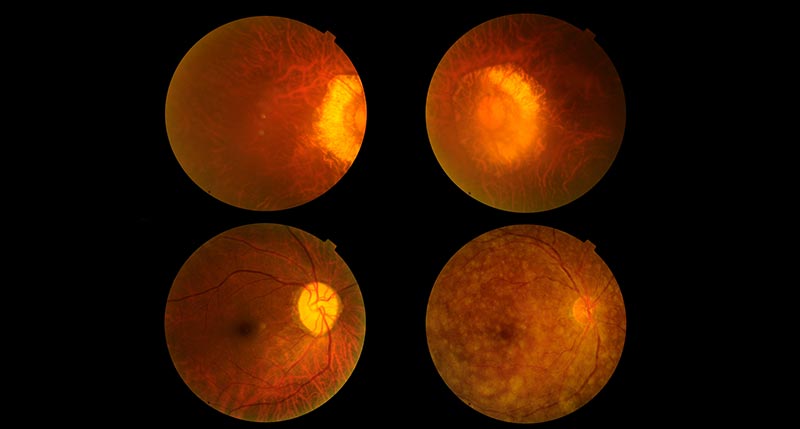October 10 marks World Sight Day, a global event dedicated to raising awareness about eye health, preventing blindness, the various diseases that affect our vision, and the effects those conditions can have on everyday life. The global observance day was launched by the Lions Club International Foundation’s Sight First Campaign in 2000 and is observed every year on the second Thursday of October. It was established to highlight the importance of regular eye exams, early detection and treatment, and to promote access to eye care for people around the world.
World Sight Day highlights the global effort to eliminate preventable blindness and improve the quality of life for those who face living with vision loss and the difficulties associated with diminished vision. Here are five questions about blindness worldwide in observance of World Sight Day:
- What is the most common cause of blindness worldwide?
Cataracts are the leading cause of blindness in the world. In the United States, cataracts are a leading cause of vision loss, but because the cataract correction procedure is widely available, cataracts don’t cause blindness as often in the U.S. as they do globally.
- What are the different types of blindness?
- Partial blindness: Also referred to as “low vision”
- Complete blindness: An inability to detect any light whatsoever
- Congenital blindness: Poor vision at birth caused by a birth defect such as an inherited eye or retinal condition
- Legal blindness: This condition occurs when the corrected vision in the best eye (with glasses or contact lenses) can only reach visual acuity of 20/200, or when peripheral vision is less than 20 degrees, which is considered severely reduced
- Nutritional blindness: Damage to the front surface of the eye due to Vitamin A deficiency, which causes difficulty seeing at night or in dim light due to malfunctioning retinal cells.
- What countries have the largest number of blind people?
- India: 275 million. India is the world’s second-largest country by population, but has the greatest number of blind or visually impaired citizens
- China: 274.3 million. China has the world’s largest population of 1.42 billion people.
- Indonesia: 34.9 million
- Russia: 28.6million
According to the San Diego Center for the Blind, the United States ranks 9th on this list, with 16.4 million blind people.
- What are the most common causes of blindness in people over 50 and under 50?
Vision loss happens to people of all ages but individuals over age 50 are at greatest risk. Conditions such as cataracts, age-related macular degeneration (the leading cause of blindness in those over 50 in developed countries), glaucoma, and diabetic retinopathy are responsible for vision loss and need to be treated and monitored on a regular basis.
Vision loss in adults under age 50 (between 19 and 49 years of age) is most often caused by eye injuries, brain injuries, genetic disorders, tumors, retinal detachment, severe eye infections, or retinitis pigmentosa.
- What can I do to prevent blindness?
That’s an easy one: Take good care of your eyes and your vision. One smart step is to schedule a regular annual comprehensive eye exam with your optometrist. And, if you notice any change in vision or have any problems between your annual exams, call us immediately.
9 Amazing Eye Facts
- The fastest muscle in the body? The eye. That’s where the expression “in the blink of an eye” originates. A blink takes place in just 100 – 150 milliseconds!
- The most common eye color worldwide is brown (70% to 80% of the population), then blue (8% to 10%), hazel or amber comprises 10% of eye color, and the rarest of all: Green eyes appear in a mere 2% of the population.
- About two weeks after conception, an embryo’s eyes start to develop. However, babies don’t produce tears until 6 weeks of age, even though they can cry at birth.
- Eyelashes have a 5-month lifespan and are primarily there to keep dirt out of your eyes (but they look nice, too!)
- The human body has only one area of tissue that has no blood vessels – the cornea.
- Each of your eyes has over 2 million working parts that can process 36,000 pieces of information in a single hour.
- What do you do 5.2 million times a year? Blink.
- You will see 24 million images in the course of an average lifetime.
- The eyeball weighs 28 grams or 1 ounce – about the same weight as a pencil or a single slice of bread.
Your eyes are amazing in so many ways; they are truly your windows on the world. We want to be your partner in helping you protect and care for your eyes! Call us today to make an appointment with your optometrist so you can keep enjoying healthy vision for years to come.





